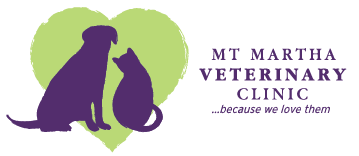Caring for Pets|Supporting FamiliesMt Martha Veterinary Clinic
At Mt Martha Veterinary Clinic, we’re proud to be an independent, family-friendly veterinary practice located on the beautiful Mornington Peninsula. We provide calm, professional care for pets and their people, proudly serving Mt Martha, Mornington, Dromana, Safety Beach, and surrounding areas.
Veterinary Services for Every Stage of Life
For over a decade, our compassionate team has been supporting families across the Mornington Peninsula, providing modern veterinary medicine with a personal touch. We treat every patient as if they were our own, ensuring they receive the best of both worlds — quality veterinary expertise and the kindness that makes pets (and their owners) feel at ease. From routine check-ups to advanced care, our clinic provides a full range of veterinary services tailored to your pet’s needs.
Explore our full range of services — from diagnostics and prescriptions to puppy school, DIY dog wash, and veterinary house calls.
Why Choose Mt Martha Veterinary Clinic?
We’re proud to be an independent clinic serving the Mt Martha and Mornington Peninsula communities, offering local care with a personal touch. Our calm and caring approach is designed to ease stress for both pets and their owners, creating a more positive experience at every visit. With experienced veterinarians who value integrity, honesty, and compassion, we’re dedicated to providing the highest level of care. Just as importantly, we take the time to build personal connections, getting to know your pets — and your family — so that every visit feels familiar and trusted.
Meet Our Veterinary Team
Behind every wagging tail and purring patient is a dedicated team. Our veterinarians and nurses combine experience with genuine care, ensuring your pets are always in safe hands.

What Local Pet Owners Say
Our clients’ words mean the world to us. From first-time puppy visits to lifelong care for senior pets, we’re grateful for the trust local families place in our clinic.






